Contact Lens
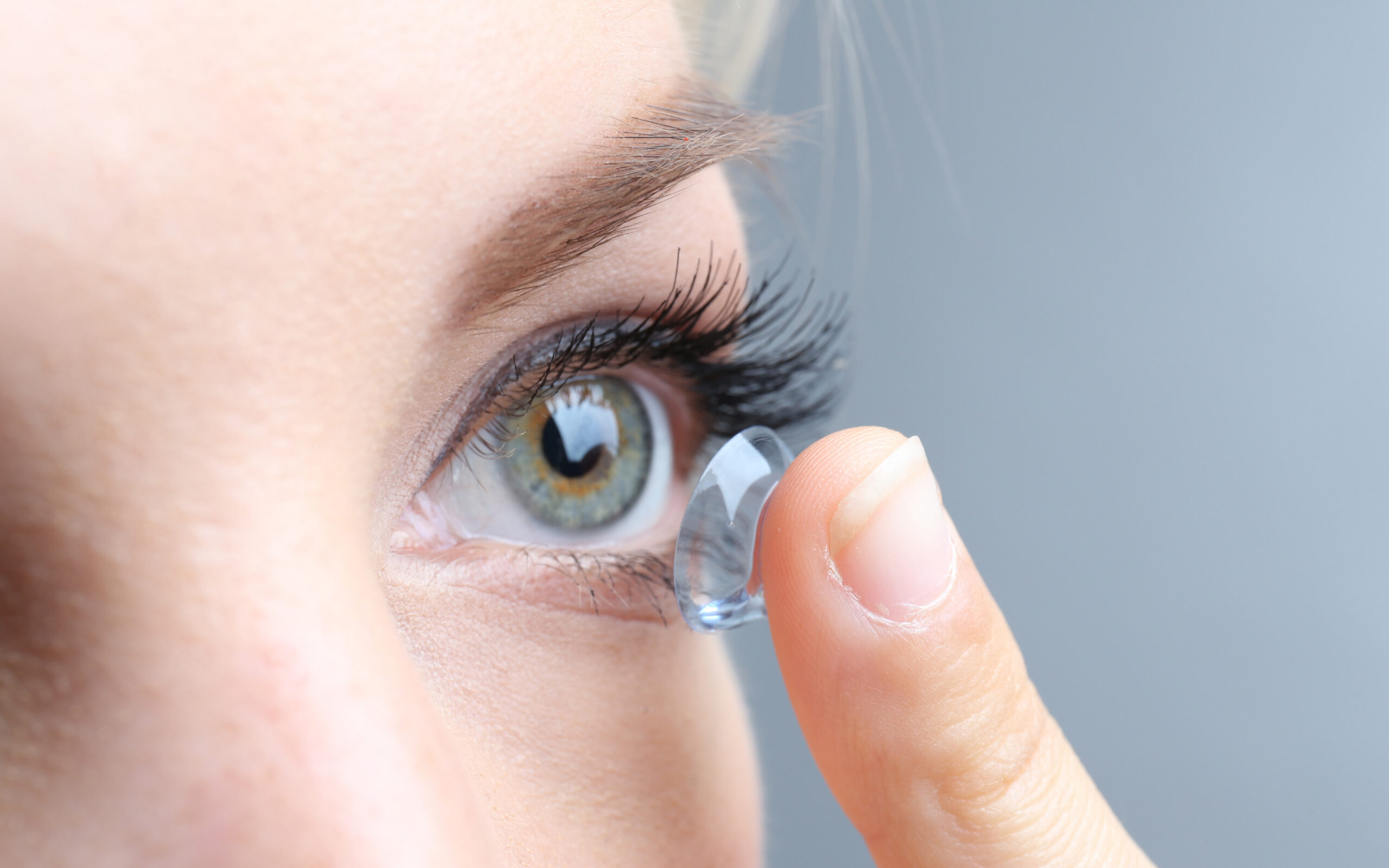
TYPE OF CONTACT LENSES
Did you know that contact lens types vary based on the materials that they’re made of? Below are the four main types of contact lenses and the different materials used to manufacture them.
Soft Contact Lenses
Soft contact lenses are made of plastic, but not the type of plastic used in garbage bags or paper plates. Instead, soft lenses are made of hydrophilic plastics – a special type of water-absorbing plastic that stays soft and moist as long as it is absorbing lots of water.
If you wear soft contact lenses, you’ve likely noticed the way this plastic works. If your lenses get dried out, they become brittle to the point where they could even break. As long as that plastic stays nice and wet either inside your eye or in a case, the plastic stays pliable and soft.
To your eyes, this soft flexibility spells comfort! When your eyes are dry, your lenses will begin to feel uncomfortable because they depend on moisture to keep them in place and pliable.
Soft contact lenses are categorized by the amount of water they contain. They can be classified as either high water or low water.
Soft Contact Lenses for Extended Wear
Most extended wear contact lenses are made out of silicone hydrogel – a material that combines the water-absorbing plastic of soft lenses with silicone. Adding silicone to the hydrogel plastic creates a lens that stays moist and allows more oxygen to transmit through the contact lens into the eye. This keeps the eyes healthier during contact lens use. The added benefit of more moisture and oxygen reaching the eye is why this material was added to extended wear contact lenses.
Any contact lens wearer who keeps their contacts in during the day and at night, or leaves lenses in for days at a time needs a contact that allows their eyes to breathe. The addition of silicone to the lens offers this functionality for optimal contact lens health.
Rigid Gas Permeable Lenses
Rigid gas permeable lenses (RGP lenses) are also made of plastic. Unlike the plastic that makes a soft contact lens, the rigid gas permeable lens transmits oxygen without absorbing water. Instead, RGP lenses have microscopic holes in them that allow the oxygen to filter through. For this reason, RGP lenses are classified by their oxygen permeability instead of their water content. Most RGP lenses are now made of three main materials: acrylate, silicone and fluorine.
RGP lenses are sometimes called “hard” lenses, but they aren’t like the “hard” lenses of decades ago that were made mostly of acrylate. Those lenses are no longer prescribed because not enough oxygen could get through this type of material. Lens manufacturers added silicone to increase oxygen permeability over the years and eventually added flourine to help keep the lenses moist while still retaining their shape. This shape-retaining property allows for them to be used as treatment for the correction of eye issues such as keratoconus (when the cornea is misshapen).
Some contact lens wearers who crave a better visual experience through their contact lenses also like the visual acuity that comes from wearing a contact lens that is firmer and stays put on the eye.
Hybrid Contact Lenses
Though more rare, hybrid contact lenses exist that combine the materials of an RGP lens and a soft contact lens. These lenses have the acrylate-silicone-flourine combination in the middle of the lens, for sharpened central vision, and soft contact lens water-absorbing hydrogel around the edges for increased comfort.
These hybrid type lenses are often used for multi-focal lenses (bifocal or progressive contact lenses) or for treating irregular astigmatism.
Contact Lens Types
Contacts are made from many kinds of plastic. The two most common types of contact lenses are hard and soft.
Hard Contact Lenses
The most common type of hard contact lens is a rigid gas-permeable (RGP) lens. These lenses are usually made from plastic combined with other materials. They hold their shape firmly, yet they let oxygen flow through the lens to your eye.
RGP lenses are especially helpful for people with astigmatism and a condition called keratoconus. This is because they provide sharper vision than soft lenses when the cornea is unevenly curved. People who have allergies or tend to get protein deposits on their contacts may also prefer RGP lenses.
Soft Contact Lenses
Most people choose to wear soft contact lenses. This is because they tend to be more comfortable and there are many options. Here are some types of soft lenses.
Daily wear contacts.
You wear these when you are awake and remove them when you go to sleep. Many are disposable, meaning that you wear a new pair of contacts each day. Or you might choose contacts that last longer and only need to be replaced once a week, every two weeks or every month. Some ophthalmologists recommend disposable daily wear contacts if you use them just once in a while.
Extended wear contacts.
You can wear these while you sleep, but they need to be removed for cleaning at least once a week. Fewer eye doctors recommend these contacts because they increase the chance of getting a serious eye infection.
Toric contacts.
These can correct vision for people with astigmatism, though not as well as hard contact lenses. Toric lenses can be for daily or extended wear. But they often cost more than other types of soft contact lenses.
Colored (tinted) contacts.
Vision-correcting contact lenses can be tinted to change the color of your eye. You can get them as daily wear, extended wear, and toric lenses.
Decorative (cosmetic) contacts.
These lenses change the look of your eye but do not correct vision. They include colored contacts and lenses that can make your eyes look like vampires, animals or other characters. Also, they are used to hide certain eye problems either present from birth or caused by injuries. Even though they do not correct vision, you need a prescription for decorative contacts. To avoid getting dangerous eye infections, these lenses must be treated like prescription contacts. This means cleaning them regularly and thoroughly as directed.
Decorative contact lenses can lead to serious eye problems.
Your eyes are very important—and very delicate. Make sure your contact lenses are medically safe and FDA-approved.
Contacts are not fashion accessories or cosmetics. They are medical devices that require a prescription from an eye care professional.
Non-prescription costume contacts can cause cuts, open sores and potentially blinding infections in your eyes. In addition to suffering severe pain, you may need surgery (such as a corneal transplant). In some cases, you could go
Other Types of Contact Lenses
Contacts for presbyopia. Presbyopia contacts are designed to correct the normal vision problems people get after age 40, when it becomes harder to see close objects clearly. There are different options for these corrective lenses.
These options include: bifocal or multifocal contact lenses, and monovision correction, where one eye wears a near vision lens and the other eye wears a distance vision lens.
Bandage lenses
These contacts do not have a prescription built into them. Instead, they cover the surface of your cornea for comfort after an injury or surgery.
Please visits :
Nayanam Opticals & Eye Clinic
Stadium Complex, Kannur, Kerala.
Phone: 9447366666

CLEANING SOLUTIONS
If you wear any contact lenses that you take out and use more than once, you must disinfect them with a solution to keep them clean and safe. There are two main types of contact lens cleaning solutions: hydrogen peroxide-based and multipurpose. Both kinds remove debris and build-up when used properly, but they work in different ways.
Sometimes people are allergic to some contact lens solutions. Some people may become sensitive to a solution over time. Red or inflamed eyes, pain and excess tearing can be signs of a contact-lens-related-eye-infection. Contact your ophthalmologist If you experience these symptoms.
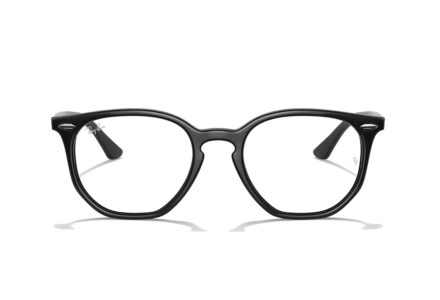
Ray Ban
Ray Ban, an iconic and one of the most established brands in the eyewear industry,...
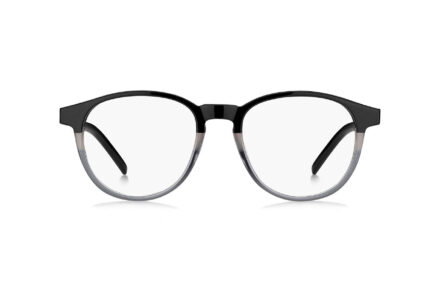
Hugo Boss
Hugo Boss is a German fashion house founded by Hugo Boss in 1970. Initially, the...
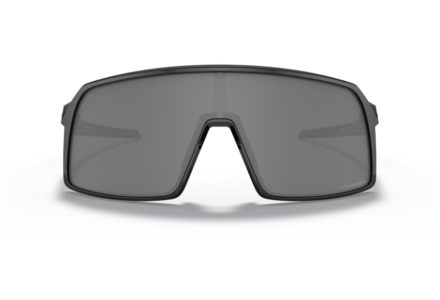
Oakley
Born in the 1970s, the iconic Oakley sunglasses are often worn by celebrities and athletes....
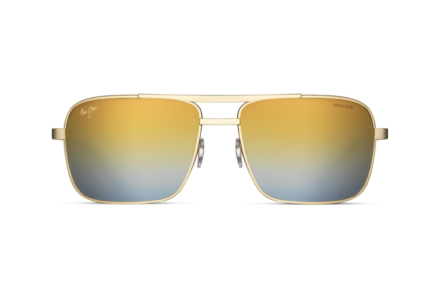
Maui Jim
Maui Jim sunglasses feature polarised Plus 2 technology that eliminates light and fills the color...